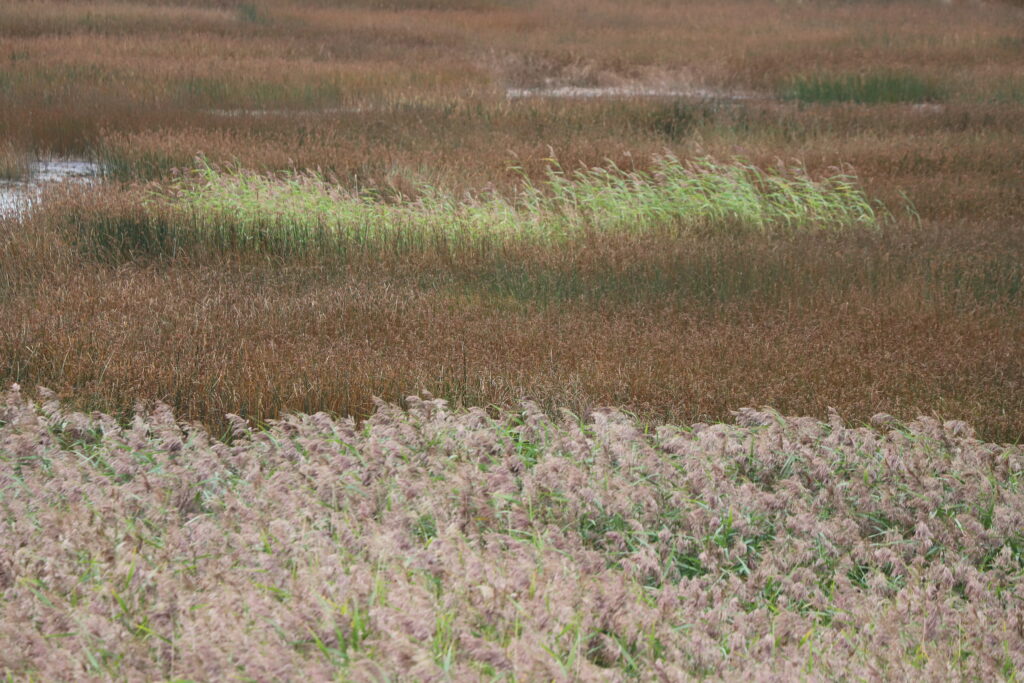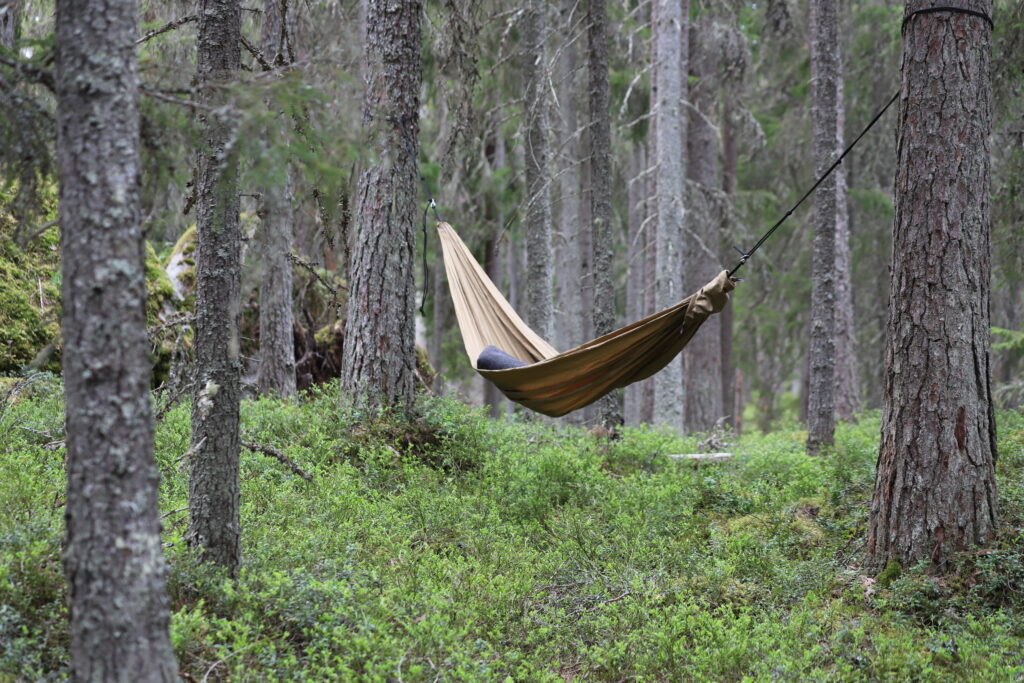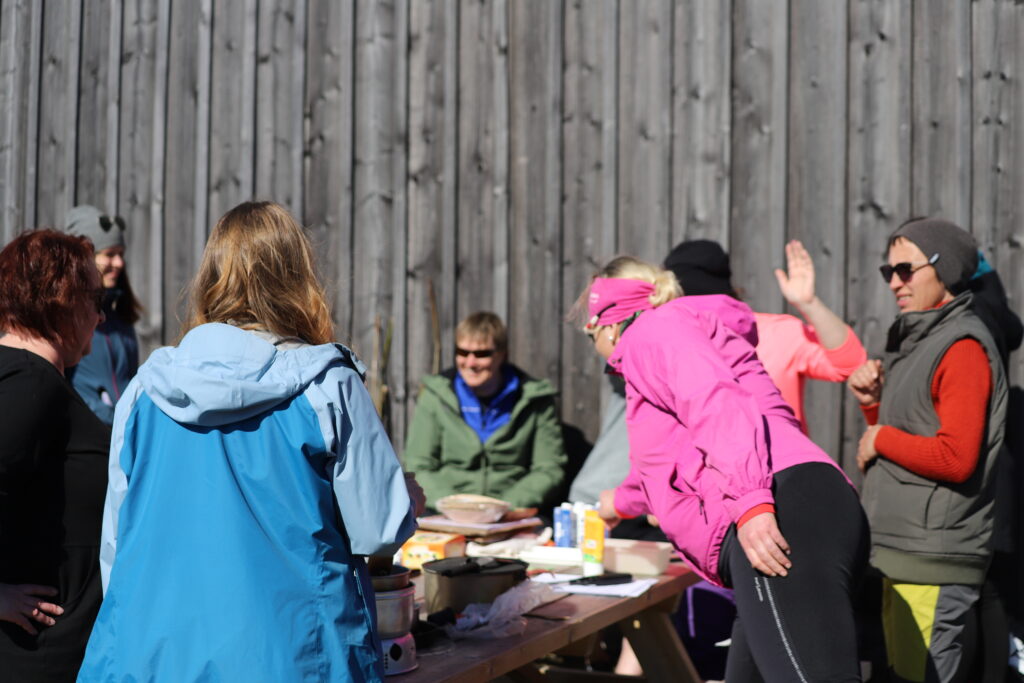Maria Hofman-Bergholm
Sara Kåll-Fröjdö
Nanette Westergård
Anne Hietanen

Today people live very active lives. Working life, leisure and society place great demands on us. The time for recovery and rest has decreased both during and after the working day.
Work is often characterized by high psychological demands and a fast pace (FORTE 2020 ). Depression, stress and exhaustion are now the most common reasons for sick leave (Toivanen 2019). Stress reactions have become a major public health problem with increased costs for the individual, for companies and for the society (FORTE 2020).
The calculated price of disease
According to the Association for Mental Health in Finland (Suomen mielenterveys ry. 2022) the societal costs for non-communicable diseases in Finland are high. For example, cancers cost society 1 billion euros a year, cardiovascular diseases 4 billion, but the societal cost for mental illness is by far the largest, mental illness costs society about 11 billion euros every year in Finland.

Chronic diseases account for about 75% of health care costs, while only about 3% of costs go to preventive measures (Stenlund 2022). This shows the importance to develop both new ways of working and working environments that facilitate recovery during the working day and improve occupational health. A report from the World Health Organization (WHO 2021), “Nature, biodiversity and health: an overview of interconnections”, highlight green spaces as very important for the populations physical and mental well-being. The mental health status of the world population is a source of great worrying according to the WHO report as it is estimated that depression might be the leading cause of disease in 2030.
Green spaces for well-being
This indicates that new innovative strategies needs to be developed for an increase in prevention of chronic disease prevention (OECD 2019). That could reduce the unsustainable burden on health care. Studies show the health-promoting potential of the outdoor environment through reduced sick leave for staff who stay in the garden environment during breaks (Newson et. al. 2020). Contact with nature and greenery in the workplace are important for work capacity, job satisfaction and for creativity and innovation (Ibid.). Studies show that outdoor activity and hiking in nature has a pulse-lowering and blood pressure-lowering effect. (van den Bosch & Bird 2018; Tyrväinen et.al. 2019; Pasanen 2019, Lundell et.al. 2015)

Research-based explanations for what it is in the experience of nature that affects us humans positively often lead us to different partial explanations and research studies with different focuses (Ottosson, Ottosson & Magnusson 2020). In short, you can say that we feel good from staying in nature partly because we move physically, the physical contact with nature strengthens our immune system, we get daylight, we may meet other people and socialize more casually with them in a natural environment – and above all, staying in natural surroundings promotes mental recovery (van den Bosch & Bird 2018).
Why then is staying in natural surroundings psychologically restorative? The idea that you feel well when visiting places in nature was born already during the time of Hippocrates, the father of medicine. He planted a health garden beside his hospital (Ottosson, Ottosson & Magnusson 2020). Now Kaplan’s attention recovery theory and Ulrich’s stress reduction theory constitutes two different, basic theories about why humans recover in nature. According to the Kaplan´s theory people can perceive the world around them either through spontaneous attention or through directed attention. When the spontaneous attention is in use the brain does not need to work so hard to register impressions as it needs when the directed attention is in use. The issue is that we can not choose for the brain which kind of attention we want it to use, it is chosen by the brain depending on where we are both physically and mentally. It is though known that during visits in nature spontaneous attention is in use, while the high-tech performance society with constant demands requires that the directed attention is in use. In turn, Ulrich’s theory is based on the idea that modern humans have a built-in biological readiness to act on dangers in nature, but not a readiness to act in connection with stressful situations that can arise in built-up environments. This means that when people get out into a natural environment that feels safe, they can relax. (WHO 2021; van den Bosch & Bird 2018; FAO 2020; Tyrväinen et. al. 2019; Pasanen 2019)

About “The Healthforest – a pilot project in Ostrobothnia”
During 2023 a pilot project, “The Healthforest – a pilot project in Ostrobothnia”, is running at Centria University of Applied Sciences. The project is funded by the European Social Fund and is a collaborative project with Centria as the main implementer and Novia University of Applied Sciences as a part implementer. The main goal with the project is to increase the municipalities’ use of health forest activities and nature-based interventions proactively in the Welfare Area to promote occupational health and resilience.
The project is a pilot project, which aims to test and evaluate new models to proactively promote occupational health through nature-based interventions. Within the project, we test and evaluate nature-based interventions that can benefit and later possibly be developed to be used by staff within the municipalities of Ostrobothnia who work preventively with health issues, as well as staff within social and health care / the Ostrobothnia Welfare Area.

The pilot project includes four work packages of which one is directed to staff in the welfare area, and one directed to staff within the pilot municipality. These two work packages consist of different nature-based activities, practical tips and how to use nature-based interventions for own recovery and occupational health. The third work package is to plan, test and evaluate a continuing education module directed to both the project participants and the public. The education module will be based on occupational health and recovery from nature-based interventions and health forest activities. The fourth work package consists of planning a larger project originating from the results of the pilot project.

As the pilot project aims to test and evaluate new models to proactively promote occupational health through nature-based interventions, two different questionnaires have been used as measurement. Both questionnaires have been conducted anonymously to find out if the participating staff in the municipality and the welfare area experience nature-based interventions in the form of a stay in the forest as restorative. One of the questionnaires consists of questions the researchers want to find answers to and one of the questionnaires is a mood questionnaire that measures subjectively perceived mood before and after the intervention. The mood questionnaire was prepared and first described in Sonntag-Öström et. al. (2011). The purpose of a mood survey can be to ”measure” the effect of an activity, e.g. a nature-based intervention of some kind, nature- or animal-oriented rehabilitation or wellness activity. It is then possible to calculate e.g. change in mood after an activity, on a group or individual level.
Conclusions of the preliminary results collected in spring 2023 indicate that the participants who have participated in the project’s nature-based interventions so far experience the stay in nature as very restorative. They feel more relaxed, calmer, more harmonious and more clear-headed after the intervention.
References
FAO. 2020. Forests for human health and well-being – Strengthening the forest–health–nutrition nexus. Forestry Working Paper No. 18. Rome. https://doi.org/10.4060/ cb1468en
FORTE. Forskningsrådet för hälsa, arbetsliv och välfärd. 2020. En kunskapsöversikt – psykisk ohälsa,
arbtsliv och sjukfrånvaro. Available at: https://forte.se/app/uploads/2015/04/psykisk-ohalsa-arbetsliv-2020.pdf Accessed: 31 October 2023.
Lundell, Y., Dolling, A., Nordström, E-M., Skärbäck, E., Stoltz, J., Annerstedt, Van den Bosch, M & Grahn, P. 2015. Rehabiliteringsskog och virkesproduktion – går de att kombinera? Fakta skog. Rön från Sveriges lantbruksuniversitet. 6:2015.
Newson, C., Dandy, S., Gladwell, V. & Hase, A. (2020). Space to Breathe: Valuing green space at NHS sites for staff wellbeing.
OECD. (2019). Health at a Glance 2019. OECD. Available at: https://doi.org/10.1787/4dd50c09-en Accessed 31 October 2023.
Ottosson, Å., Ottosson, M. & Magnusson, R. 2020. Närmare naturen (in Swedish) [Closer to nature] (author translation). Bonnier Fakta.
Pasanen, T. (2019) Everyday physical activity in natural settings and subjective well-being. Direct connections and psychological mediators. Tampere University Dissertations 187.
Stenlund, S. 2022. Bidirectional relationship between health behavior and subjective well-being in adults. Doctoral Dissertation, UNIVERSITY OF TURKU, Faculty of Medicine, Department of Clinical Medicine, Public Health Science.
Sonntag-Öström E, Nordin, M, Slunga Järvholm L, Lundell Y, Brännström R, Dolling A. 2011. Can the boreal forest be used for rehabilitation and recovery from stress-related exhaustion? A pilot study. Scandinavian Journal of Forest Research 26: 245-256.
Suomen mielenterveys ry. 2022. Att stärka psykisk hälsa ska ha topprioritet också i Finland. Available at: https://mieli.fi/sv/nyheter/att-starka-psykisk-halsa-ska-ha-topprioritet-ocksa-i-finland/ Accessed: 31 October 2023.
Toivanen, S. 2019. Ute är inne. Kom igång med kontorsarbete utomhus. Akademiska hus.
Tyrväinen, Ojala, Neuvonen, Borodulin & Lanki. Health and well-being from forests – experience from Finnish research. Sante Publique. 2019 May 13;S1(HS):249-256. doi: 10.3917/spub.190.0249.
van den Bosch, M. & Bird, W. (red.) 2018. Oxford textbook of nature and public health. Oxford University Press.
WHO. 2021. Nature, biodiversity and health: an overview of interconnections. Available at: https://www.who.int/europe/publications/i/item/9789289055581 Accessed: 31 October 2023.
Photos: Sara Kåll-Fröjdö
Sara Kåll-Fröjdö
RDI-expert
Centria University of Applied Sciences
Tel. 040 487 9634
Maria Hofman-Bergholm
RDI-expert
Centria University of Applied Sciences
Tel. 040 356 3305
Nanette Westergård
FUI-expert
Yrkeshögskolan Novia
Anne Hietanen
FUI-expert
Yrkeshögskolan Novia


